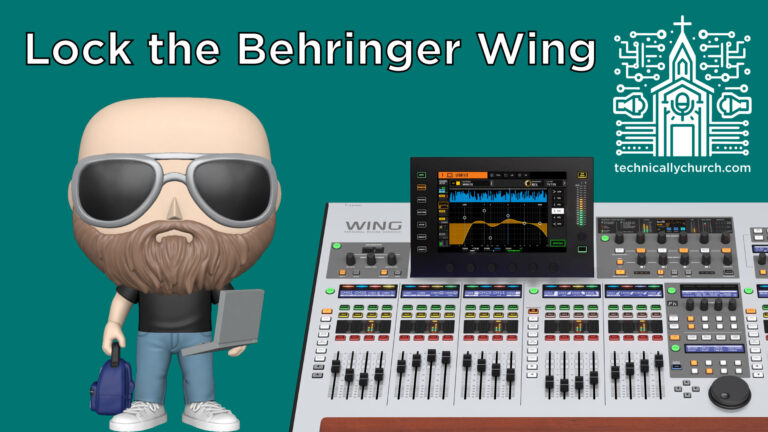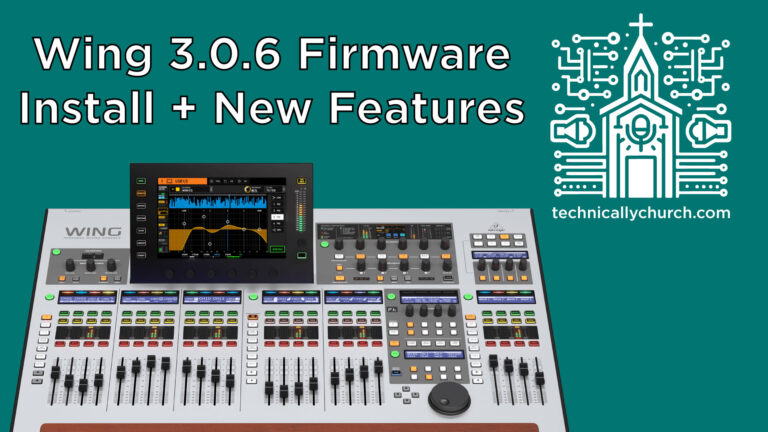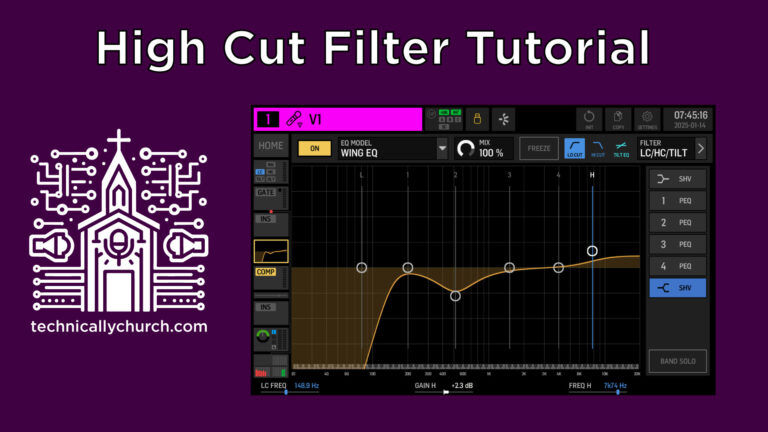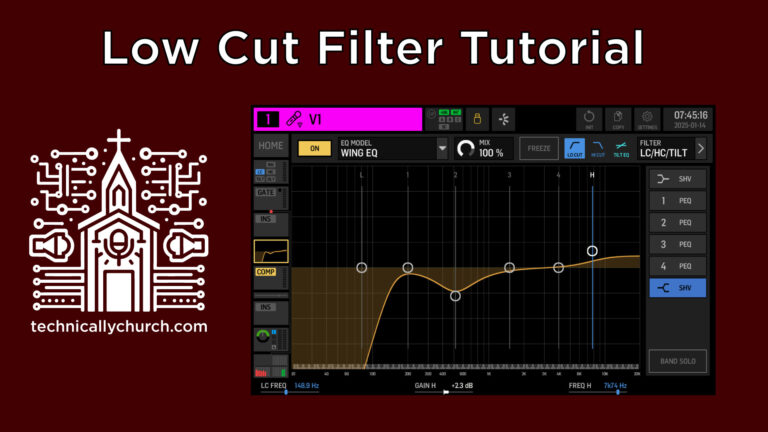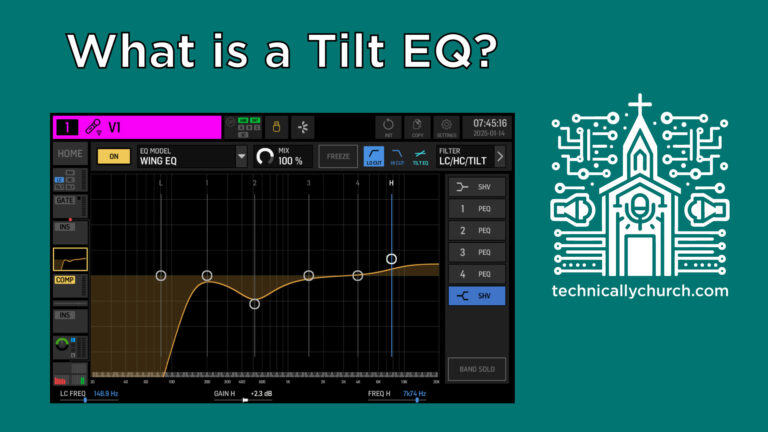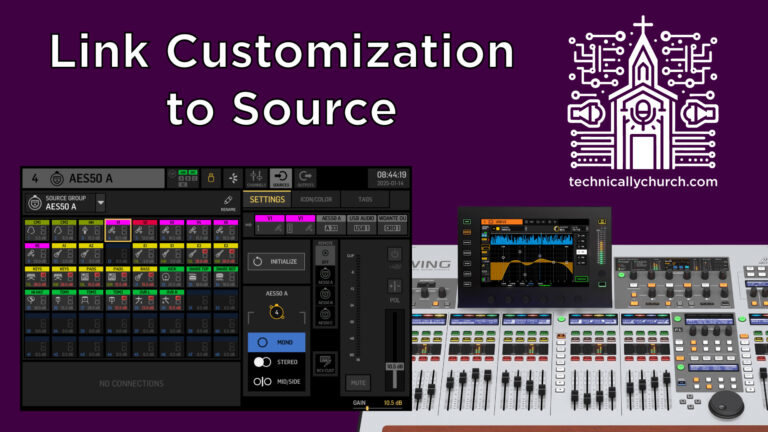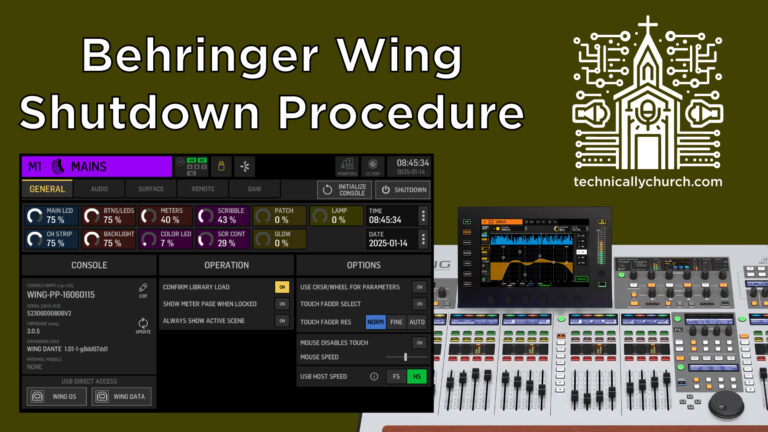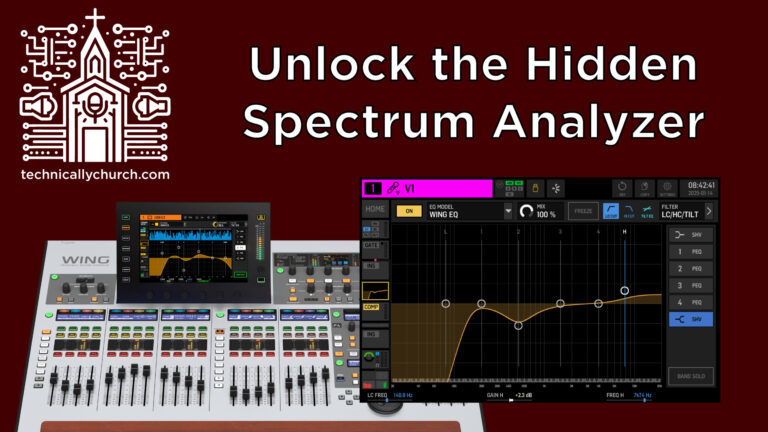How to Set Up Vocal Reverb on the Behringer WING Soundboard
Learn how to set up vocal reverb on the Behringer WING soundboard using either inserts or a dedicated reverb bus. This step-by-step guide demonstrates efficient routing, bus configuration, effect selection, and best practices for adding lush, scalable reverb to vocals in live and streaming church environments.



